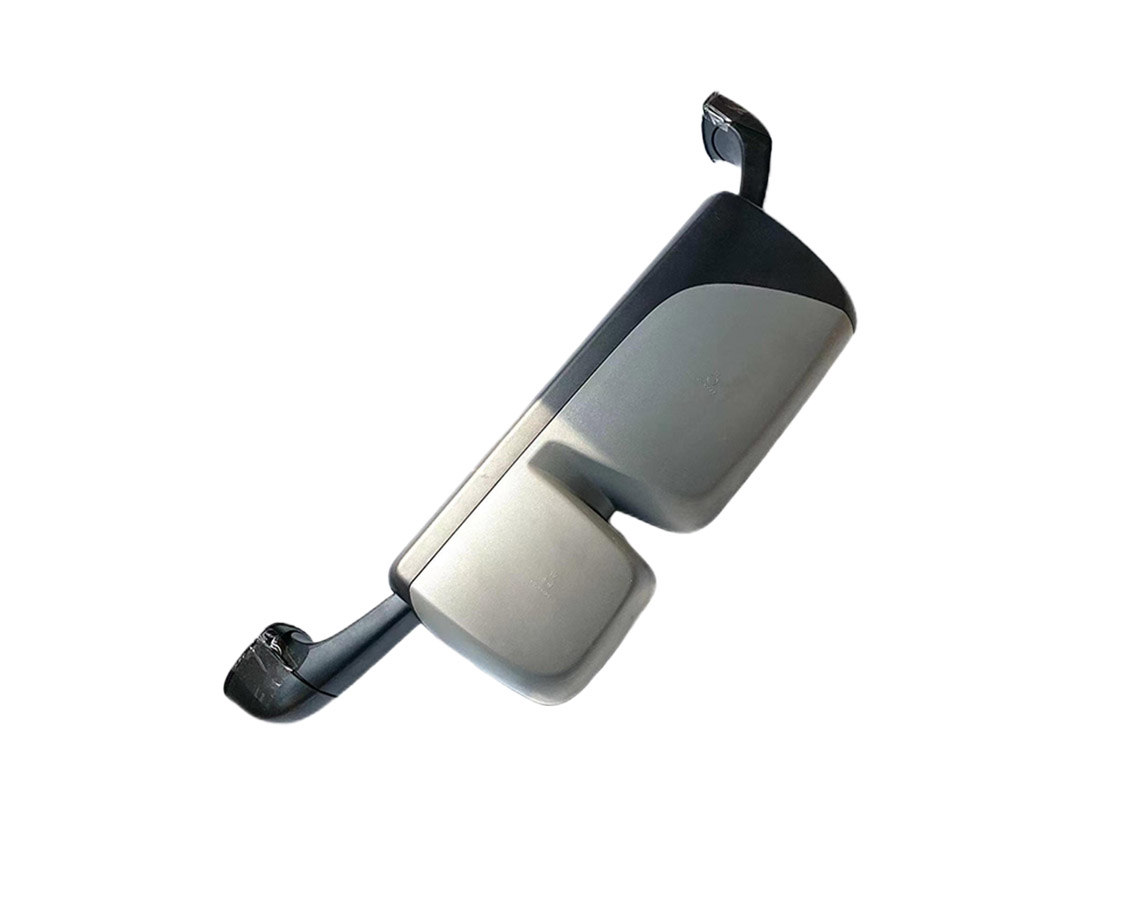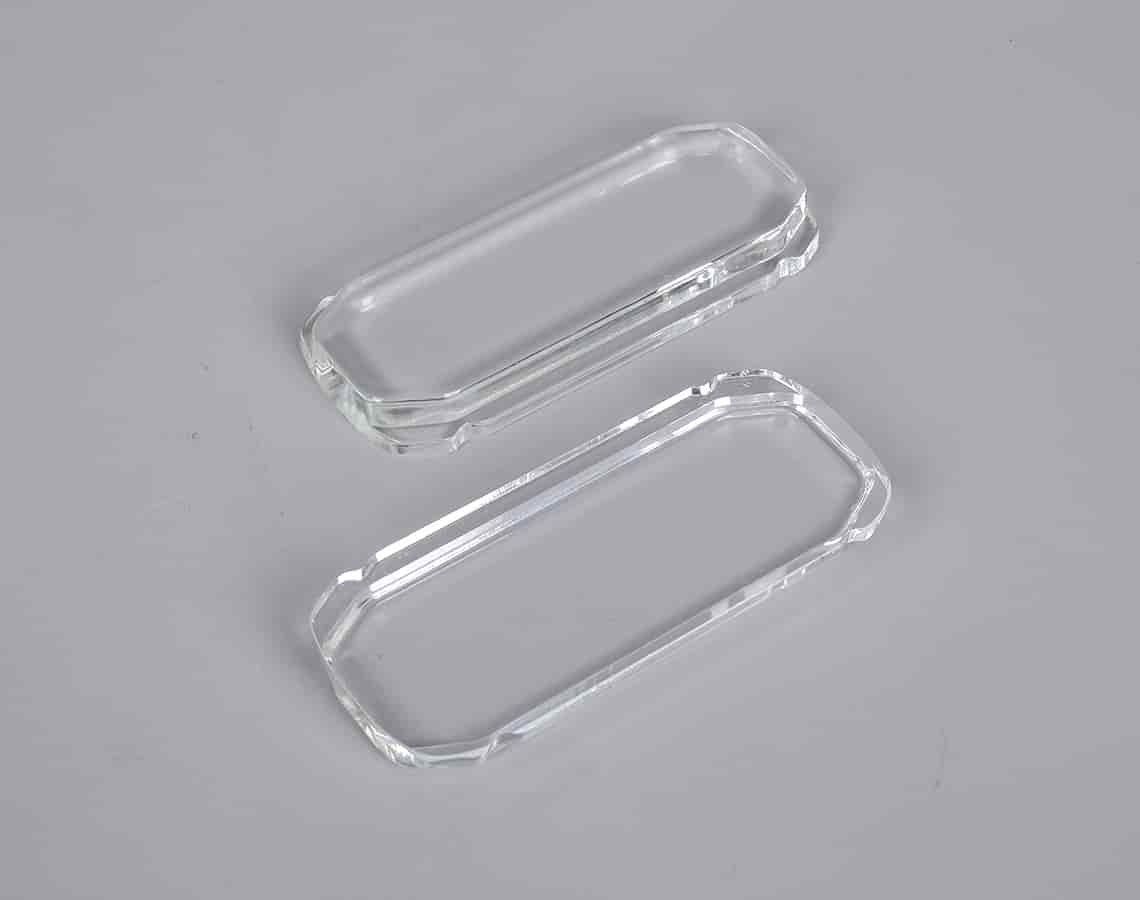Today, with the increasing popularity of agricultural mechanization, agricultural vehicles, as important tools for agricultural production, have attracted much attention for their safety performance and durability. As an indispensable safety equipment on agricultural vehicles, fog lamps provide drivers with a clear view in bad weather conditions to ensure driving safety. As a key component of fog lamps, the quality and performance of fog lamp glass covers directly affect the overall effectiveness of fog lamps.
The molding of fog lamp glass covers is the primary link in the manufacturing process, which determines the basic form and structure of the product. With the continuous advancement of industrial technology, the molding process of fog lamp glass covers has been highly automated, greatly improving production efficiency and product consistency. However, automation does not mean perfection. In the process of injection molding and other processes, due to various factors such as material flow and mold wear, it is inevitable that there will be fine burrs and impurities on the surface of the fog lamp glass cover.
Although these defects are small, their existence cannot be ignored. First of all, they directly affect the appearance and texture of the fog lamp glass cover and reduce the overall beauty of the product. In today's pursuit of product refinement, any minor defects may become a reason for consumers to refuse to buy. Secondly, these defects may also become the starting point of corrosion in the future. In harsh agricultural operating environments, fog lamp glass covers need to withstand multiple tests such as wind, rain, and dust. If there are defects on the surface, it is more susceptible to corrosion, which will affect the service life of the product.
In order to eliminate the defects on the surface of the fog lamp glass cover and improve the appearance, texture and durability of the product, the surface treatment process came into being. As the first step of surface treatment, the importance of grinding is self-evident.
The core of the grinding process is to remove burrs and impurities on the surface by physical friction. In this process, it is very important to choose the right grinding tools and materials. For plastic products such as fog lamp glass covers, fine-grained sandpaper or professional grinding tools are generally used for grinding. These tools have fine grains and good cutting performance, and can effectively remove surface defects without damaging the substrate.
In order to reduce friction resistance and heat accumulation during grinding and avoid unnecessary damage or deformation to the substrate, appropriate lubricants are also required. Lubricants can form a lubricating film between the grinding tool and the substrate, reducing the friction coefficient and heat transfer, thereby protecting the integrity and stability of the substrate.
During the grinding process, operators need to have rich experience and a high sense of responsibility. They need to choose appropriate grinding tools and parameters according to the material, shape and defects of the fog lamp glass cover, and strictly control the strength, speed and time of grinding. Through repeated trials and adjustments, the best grinding scheme is finally found to achieve the best grinding effect.
After fine grinding process, the burrs and impurities on the surface of the fog lamp glass cover are effectively removed, and the appearance texture is significantly improved. At this time, the surface of the fog lamp glass cover is smooth and flat, the color is uniform, and there is no flaw to be found, presenting a fresh and refined beauty.
Grinding is not the end of surface treatment. After removing surface defects, a series of subsequent treatments are required to further improve the performance and quality of the product. For example: cleaning and drying can be performed to remove dust and residues generated during the grinding process; coating can be performed to enhance the light penetration and reflection effect of the fog lamp; special treatments such as anti-aging and anti-ultraviolet can also be performed to improve the weather resistance and service life of the product.
The molding and surface treatment of the fog lamp glass cover for agricultural vehicles is a complex and delicate process. In this process, every link is crucial and cannot be ignored. By combining highly automated molding processes with fine grinding processes, we can produce fog lamp glass cover products with excellent appearance, texture and durability. These products not only provide safer and more reliable lighting guarantees for agricultural vehicles, but also contribute to the safety and efficiency of agricultural production. In the future, with the continuous advancement of industrial technology and the continuous improvement of consumer demand, we have reason to believe that the manufacturing process of fog lamp glass covers for agricultural vehicles will be more perfect and advanced.



 English
English
 عربى
عربى







